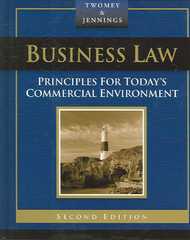Appreciated with all the detailed answers.
Consider a very over-simplified description of the Cuban missile crisis between the United States under John Kennedy and the Soviet Union under Nikita Khrushchev in 1963. Khrushchev starts the game by deciding whether or not to place intermediate range ballistic missiles in Cuba. If he does place the missiles, Kennedy has three options: do nothing, blockade Cuba, or eliminate the missiles by a surgical airstrike. If Kennedy chooses the aggressive action of a blockade or an airstrike, Khrushchev may acquiesce, or he may order escalation, possibly leading to nuclear war. The following figure shows the game tree. We have represented the outcomes by letters, which you have to replace by payoffs to Kennedy and Khrushchev to complete the description. Please certainly note that the game is not zero-sum, and x and z are certainly worse than u for both players. Khrushchev Place missley Do not place missles Kennedy Outcome Doing Air strike nothing Blockade Outcome Khrushchev Khrushchev V Acquiesce Escalate Acquiesce Escalate Outcome Outcome Outcome Outcome 1. Suppose the players in the Cuban missile crisis had the following preference orderings for the outcomes Payoff (Most preferred) (Least preferred) Kenndy Khrushchev Solve this sequential-move game to find both the Subgame Perfect Nash Equilibrium and the Stackelberg equilibrium. [10 Marks] 2. Suppose the players in the Cuban missile crisis had different preference orderings as follows: Payoff (Most preferred) (Least preferred) Kenndy Khrushchev Solve this sequential-move game to find the Stackelberg equilibrium Only. [10 Marks] 3. Compare your Stackelberg equilibria in parts (a) and (b) to find whether different preference orderings generate different equilibrium payoffs to the two players? Which player prefers to have the preference orderings in part a? [5 Marks] 4. Suppose that Kenndy's preference ordering is given as in part a, and Khrushchev's partial preference ordering is given below. What preference ordering should Khrushchev have if he wants to achieve the highest payoff (i.e., 6)? Such ordering is called an "optimal ordering". Please list all possible optimal preference orderings for Khrushchev. [10 Marks] Payoff (Most preferred) 2 (Least preferred) Kenndy Khrushchev







